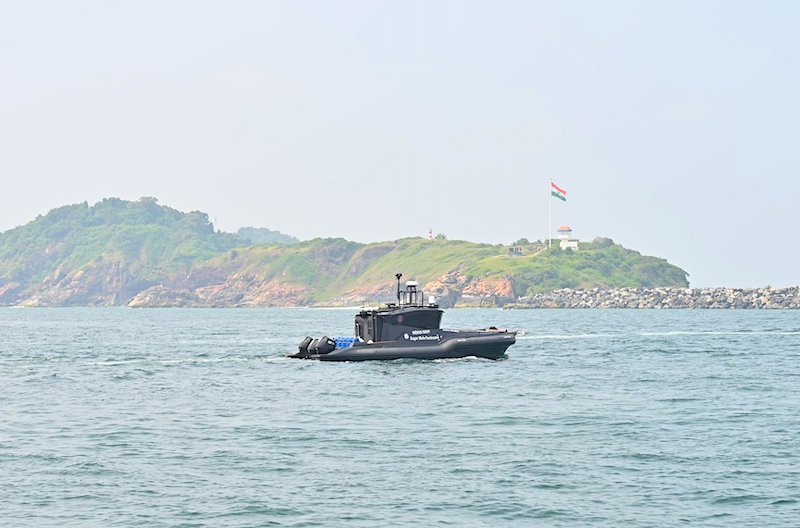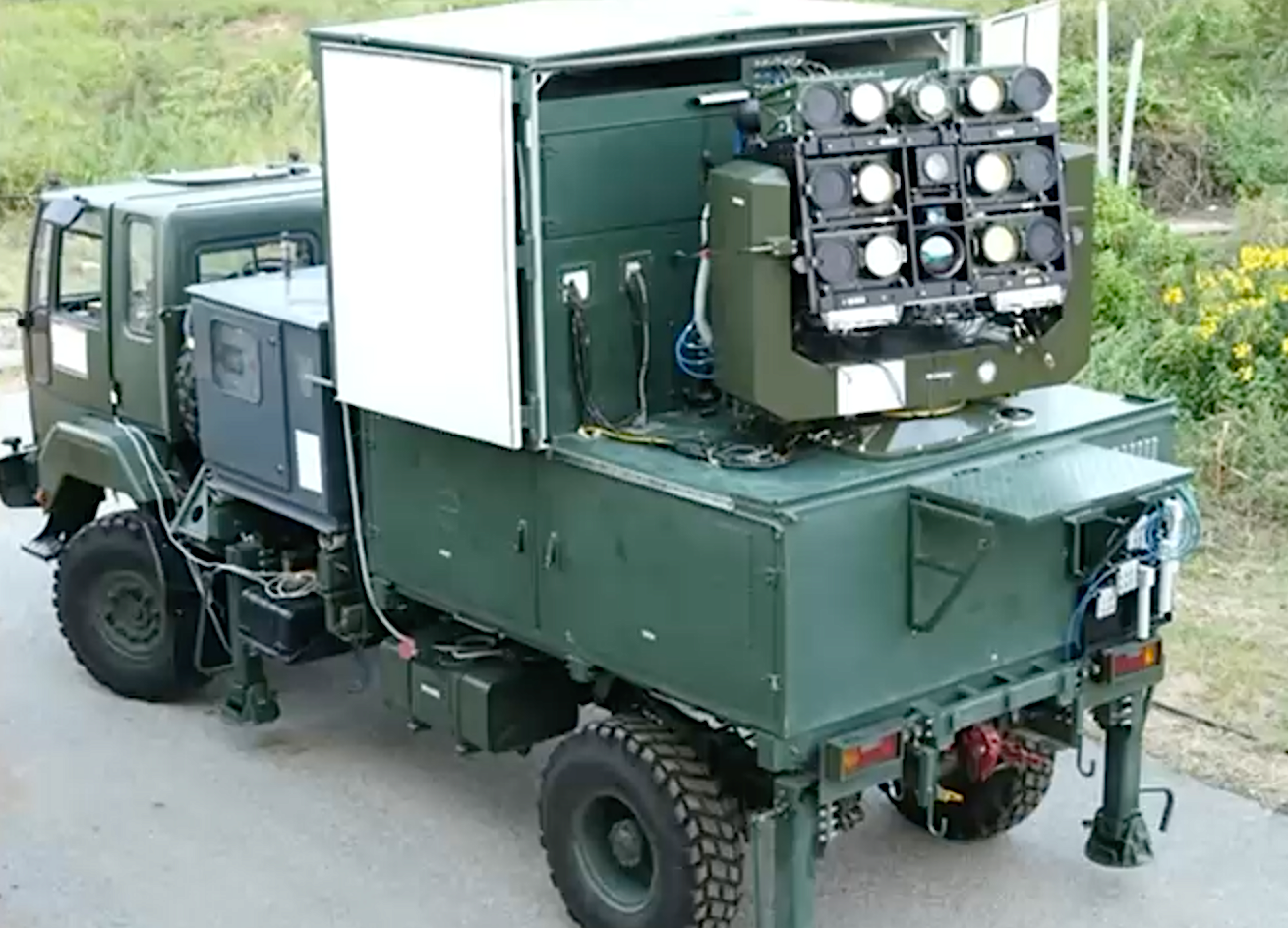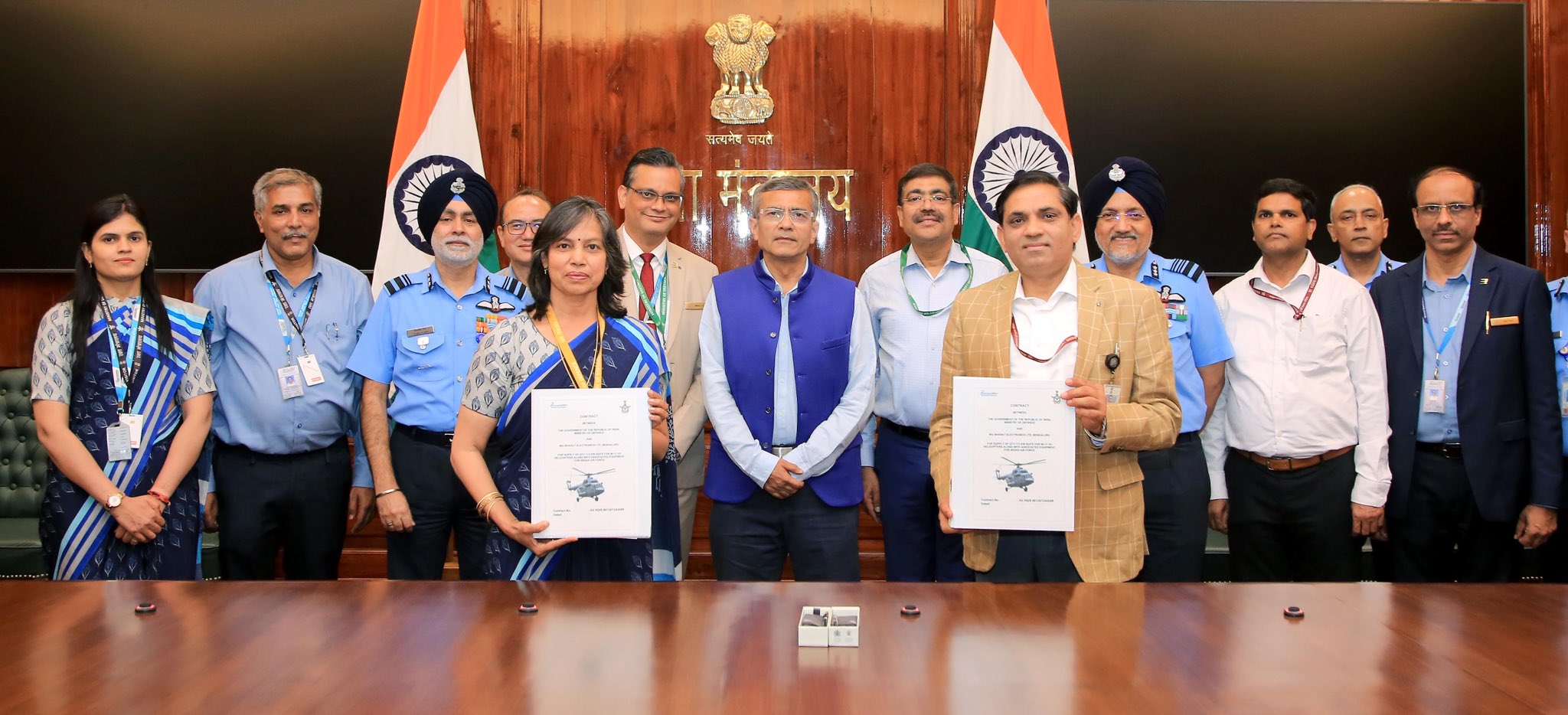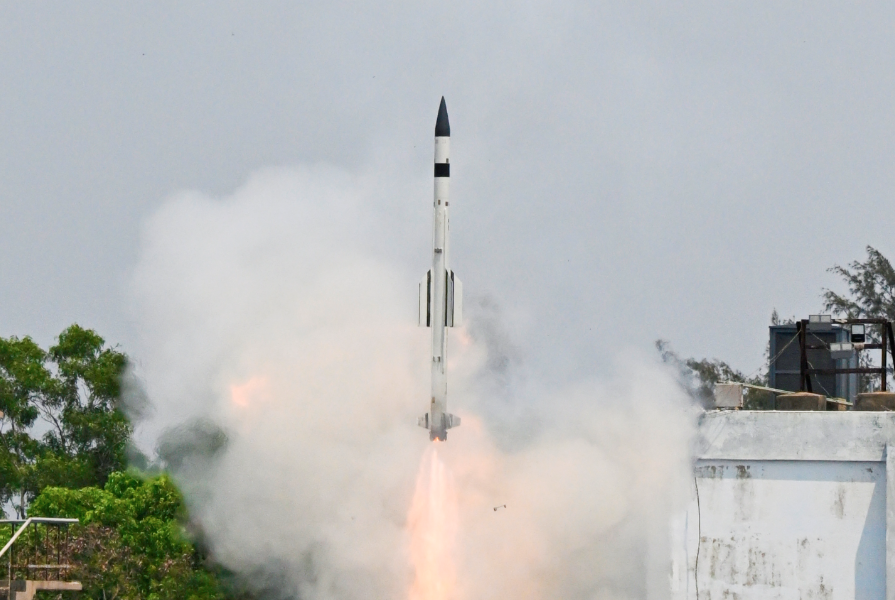 Matangi unmanned surface vessel at Karwar, Karnataka. (Photo: Indian Navy)
Matangi unmanned surface vessel at Karwar, Karnataka. (Photo: Indian Navy)
New Delhi: The “Sagarmala Parikrama” initiative has marked a significant milestone with the successful completion of the first leg of its autonomous passage on Wednesday. The unmanned surface vessel, Matangi, developed by Sagar Defence Engineering, undertook the journey from Mumbai to Karwar, covering approximately 600 kilometres (350 nautical miles) in autonomous mode. This pioneering voyage was launched on Tuesday.
Matangi’s journey is a part of a larger vision under the Sagarmala programme, aimed at enhancing port connectivity and promoting maritime trade in India. The vessel’s successful navigation demonstrates advancements in maritime technology and autonomous navigation systems, showcasing India’s commitment to innovation in defence and logistics. The operation was closely monitored by the Indian Navy, which is actively involved in integrating such technologies into its fleet.
The vessel departed from Mumbai at dusk, utilizing advanced navigational systems to ensure a safe and efficient passage. This journey not only tested the capabilities of Matangi but also served as a proof of concept for future autonomous maritime operations. The completion of this leg is expected to pave the way for further developments in autonomous shipping technology and its applications in both commercial and military contexts.
Following its successful transit to Karwar, Matangi is set to continue its journey towards Tuticorin, covering an additional distance of 1,500 kilometres. This extended voyage aims to further validate the vessel’s operational capabilities and reliability over longer distances, potentially revolutionising how goods are transported across India's vast coastline.
The project has garnered attention not just for its technological advancements but also for its potential economic implications. By improving maritime logistics, the Sagarmala initiative aims to reduce transportation costs and enhance trade efficiency, contributing significantly to India’s economic growth.
As Matangi continues its journey, it represents a significant leap forward in India’s maritime capabilities. The successful completion of this first leg reinforces the importance of innovation in defence technology and sets a precedent for future autonomous operations at sea.










